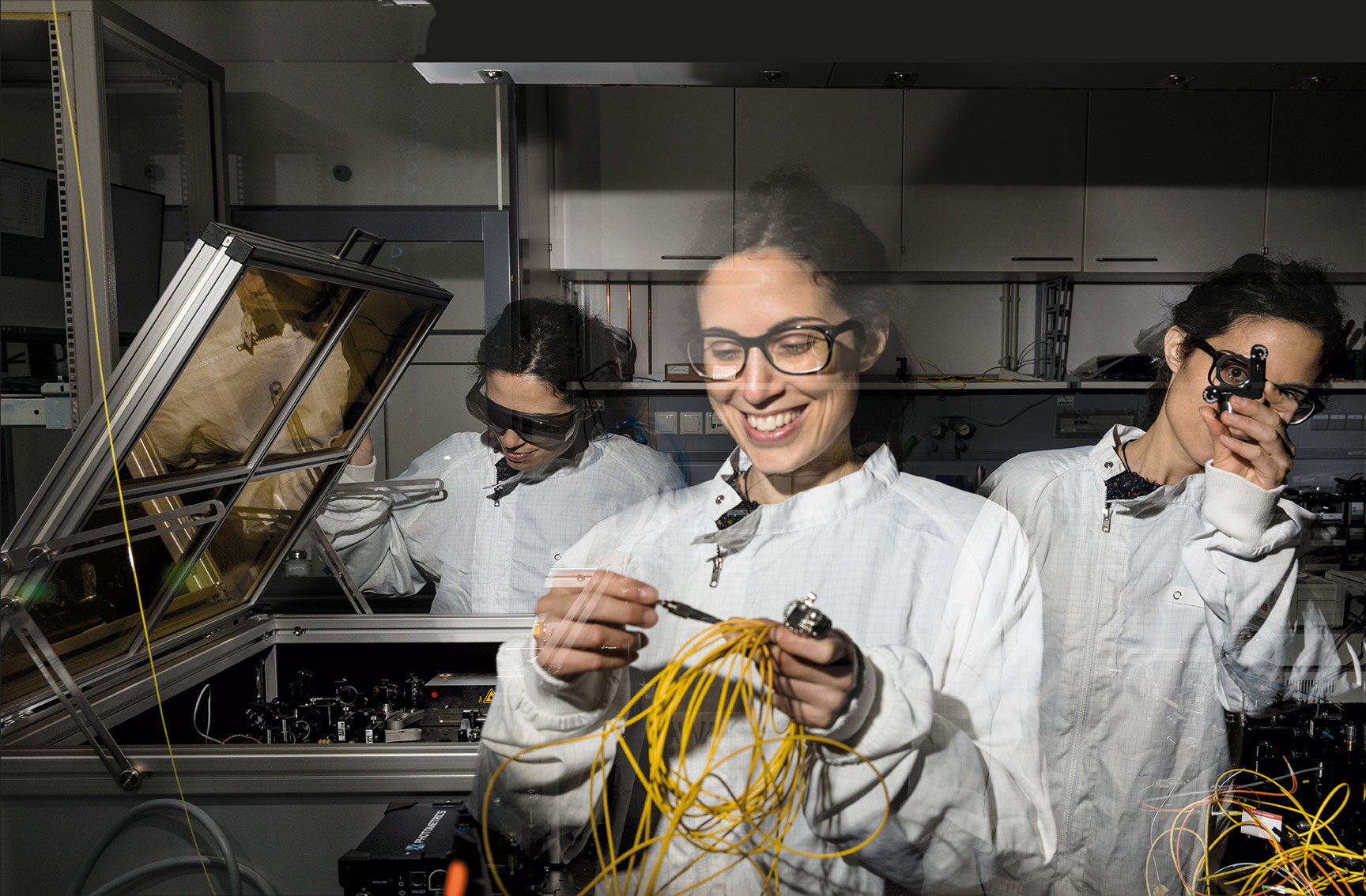
If you could delve into the molecular details of anything, what would your choice be? Your favorite cuisine? A feather from a bird? Or perhaps a fossil from a dinosaur?
Methods such as electron microscopy and mass spectrometry are typically reserved for analytical chemists and quality assurance experts. Sophisticated equipment aids these researchers in identifying and comprehending their samples at a fundamental level. However, these remarkable tools also offer a unique perspective into the intricate internal dynamics of the mundane world around us, if only we would take the time to observe.
Enter the public.
Motivated by unusual inquiries and fascinating narratives, three analytical chemists discuss how collaborations with the public have allowed them to uncover the remarkable chemistry in everyday items.
### Under the Microscope
The desire to share the thrill and wonder of this concealed science gave rise to [Under the Microscope](https://www.nottingham.ac.uk/nmrc/under-the-microscope.aspx), a project initiated by the Nanoscale and Microscale Research Centre (nmRC) at the University of Nottingham in 2023. ‘Instead of speculating on what people might find intriguing, we thought, why not symbolically hand the keys over to the public?’ shares [Luke Norman](https://www.nottingham.ac.uk/chemistry/people/luke.norman2), knowledge exchange fellow at the nmRC. ‘So, every month, we simply ask the public what they would like to have imaged using an electron microscope.’
Scanning electron microscopy (SEM) examines the three-dimensional surface of solid objects by bombarding samples with electrons which are subsequently reflected and detected. This method parallels light microscopy, but since the electron’s wavelength is significantly shorter than that of a visible photon, SEM achieves much greater resolution, with top instruments providing magnifications reaching one million times. At such extreme levels, even common items like leaves and sand appear extraordinary as their tiny and unusual structural characteristics come into focus. ‘If you recognize what an object looks like in reality, you absolutely do not know how it appears at the microscale! There’s genuine curiosity from people to see that,’ states Norman.
Since its launch in March 2023, Under the Microscope has scrutinized over 30 ‘ordinary objects,’ including lizard scales, gluten-free bread, and even a 14th-century manuscript complete with dust mites. The public is encouraged to propose any solid object (as long as it’s accessible), providing a rationale for their selection, and each month, Norman’s team picks one, sharing the images online for all to appreciate. Norman mentions that the ‘Oh wow!’ and ‘That’s really strange!’ reactions are precisely the kind of enthusiasm he aimed to cultivate around electron microscopy and the work at the nmRC. The next phase was to adapt the project into a format suitable for schools.
[Under the Microscope Live](https://www.nottingham.ac.uk/nmrc/under-the-microscope-live.aspx) was launched in January this year and has recently completed its initial series of interactive outreach sessions, collaborating with children aged nine to 18 throughout Nottinghamshire to spark interest in STEM fields. Over three sessions, the team gathers five or six suggestions from the class – often related to topics being studied that academic year – and conducts a live analysis of the chosen samples via video link, while simultaneously clarifying the method and intriguing features presented in the microscale images. ‘Microscopy truly opens up a world where, regardless of your study topic – say the stomata of leaves – you can actually visualize them,’ remarks Norman. ‘It makes it so much simpler to grasp that they are tiny openings on the underside of leaves facilitating respiration. It really animates the subject.’
However, requests from students posed significant challenges for Norman when it came to sourcing suitable samples, especially one request for a dinosaur tooth. ‘I purchased the dinosaur tooth from Amazon and was slightly concerned it might be 3D-printed. But during the live session, we transformed that query into an enjoyable activity,’ he explains. ‘We carried out chemical composition analysis and detected calcium along with various other materials, confirming its authenticity in front of the kids.’
Whether observing the world at a microscale ultimately motivates students to follow STEM careers or not, the key focus of the initiative has consistently been to make science enjoyable and accessible, states Norman. ‘Public engagement provides an opportunity to educate, but it’s also a chance to ignite interest in a field of science they may have never encountered. It’s been wonderful to gain insight into the public and discover what captivates them.’
### Mass Spec Everything
Occasionally, capturing community interest can occur purely by chance. Proteomics chemist [Benjamin Katz](https://www.chem.uci.edu/node/21203) began by sharing brief educational videos about mass